Home>Articles>How To Ground A Craftsman Tool Chest Power Strip
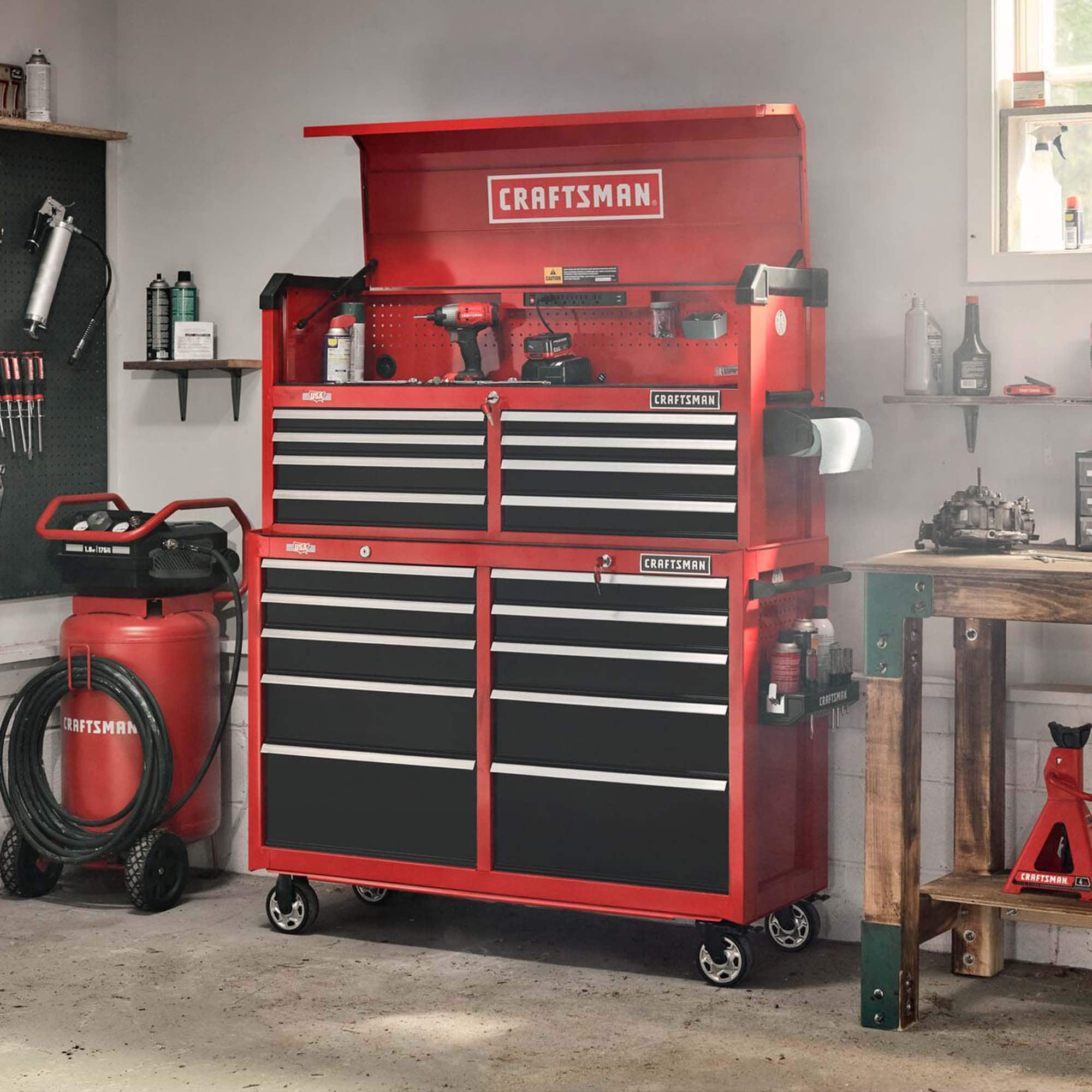

Articles
How To Ground A Craftsman Tool Chest Power Strip
Modified: January 8, 2024
Learn how to safely ground a power strip in your Craftsman tool chest with this informative article. Ensure the safety of your tools and workspace.
(Many of the links in this article redirect to a specific reviewed product. Your purchase of these products through affiliate links helps to generate commission for Storables.com, at no extra cost. Learn more)
Introduction
When it comes to using power tools in your workshop, safety should always be a top priority. One way to ensure the safety of your workspace is by properly grounding your tools and equipment. This not only protects you from electrical shocks but also prevents damage to your tools and other electrical devices.
In this article, we will focus specifically on grounding a Craftsman tool chest power strip. Craftsman power strips are a popular choice among DIY enthusiasts and professionals alike due to their durability and functionality. Grounding the power strip is an essential step to ensure its proper functioning and avoid potential risks.
Grounding provides a direct path for electrical currents to flow into the ground, rather than through the user or other conductive objects. By grounding the power strip, you are creating a safe electrical environment in your workshop.
So, if you’ve recently purchased a Craftsman tool chest power strip or have an existing one that needs grounding, follow the step-by-step guide in this article to do it correctly and efficiently.
Key Takeaways:
- Ensure safety and functionality by properly grounding your Craftsman tool chest power strip. Follow the step-by-step guide to connect the grounding wire securely and test the connection for a safe electrical environment in your workshop.
- Secure your Craftsman tool chest power strip in place and maintain a safe workspace by organizing cords and conducting regular maintenance checks. Grounding ensures a secure and efficient environment for your DIY projects.
Read more: How To Break Into A Craftsman Tool Box
Step 1: Gather the necessary tools and equipment
Before you begin grounding your Craftsman tool chest power strip, gather all the necessary tools and equipment. Having everything prepared beforehand will streamline the process and save you time.
Here is a list of items you will need:
- Craftsman tool chest power strip
- Grounding wire
- Wire cutters/strippers
- Grounding clamp
- Screwdriver
It’s crucial to choose a grounding wire that is suitable for the power load of your Craftsman tool chest power strip. Consult the manufacturer’s instructions or look for specifications on the product’s packaging to ensure you select the right wire gauge.
Once you have gathered all the necessary tools and equipment, you are ready to move on to the next step.
Step 2: Choose a suitable location for the power strip
Choosing the right location for your Craftsman tool chest power strip is essential for both convenience and safety. Here are a few factors to consider:
- Accessibility: Select a location that provides easy access to the power strip. You should be able to easily plug in and unplug your tools without any obstructions.
- Proximity to power source: It’s important to place the power strip close to a grounded electrical outlet. This will minimize the length of the grounding wire and reduce the risk of any potential hazards.
- Stability: Ensure that the location you choose is stable and secure. You don’t want the power strip to be easily knocked over or moved, as this could lead to disconnections or accidents.
Once you have found the ideal location, make sure there is ample space around the power strip to accommodate your tools and allow for proper airflow to prevent overheating.
Keep in mind that the power strip should be positioned away from water sources or areas where it may come into contact with moisture. This will help prevent any electrical malfunctions or shocks.
Take your time to assess different options and choose a location that meets all the necessary criteria. Once you have determined the perfect spot, you can proceed to the next step.
Step 3: Prepare the power strip for grounding
Before jumping into the grounding process, it’s important to properly prepare the Craftsman tool chest power strip. Follow these steps:
- Ensure the power strip is disconnected: Before you begin any work on the power strip, make sure it is completely disconnected from any power source. Unplug it from the electrical outlet and ensure all connected devices are also unplugged.
- Clean the power strip: With a soft cloth or brush, gently remove any dust or debris that may have accumulated on the power strip. This will help ensure a clean and secure connection during the grounding process.
- Inspect for any damages: Thoroughly examine the power strip for any visible damages such as frayed wires, loose connections, or broken parts. If you notice any issues, it is best to address them before proceeding with the grounding process. Consider consulting a professional if the damage is significant.
- Identify the grounding terminal: Locate the grounding terminal on the power strip. This is usually indicated by a small grounding symbol (a circle with three lines) or the letters “GRD.”
By properly preparing the power strip, you are ensuring that it is in good condition and ready for the grounding process. Taking the time to inspect and clean the power strip will help maintain its longevity and functionality.
Once you have prepared the power strip, you can move on to the next step of connecting the grounding wire.
Step 4: Connect the grounding wire to the power strip
Now that you have prepared the Craftsman tool chest power strip, it’s time to connect the grounding wire. Follow these steps:
- Measure the length of the grounding wire: Determine the necessary length of the grounding wire by measuring the distance between the power strip’s grounding terminal and the nearest grounded electrical outlet. Be sure to add some extra length for flexibility.
- Strip the ends of the grounding wire: Use wire cutters/strippers to remove the insulation from both ends of the grounding wire. This will expose the bare metal wire for proper connection.
- Attach one end of the grounding wire to the grounding terminal: Take one end of the grounding wire and securely attach it to the grounding terminal of the power strip. You can use a grounding clamp to ensure a tight and reliable connection.
- Secure the other end of the grounding wire to the grounded electrical outlet: Locate the grounding screw or terminal on the electrical outlet and fasten the other end of the grounding wire to it. Ensure it is firmly connected to provide a direct path for electrical currents to flow into the ground.
It’s important to ensure that both ends of the grounding wire are securely attached for effective grounding. A loose or weak connection may compromise the safety of the power strip and its functionality.
Take your time to double-check the connections and make any necessary adjustments before proceeding to the next step.
When grounding a Craftsman tool chest power strip, make sure to connect the green grounding wire to the grounding screw on the power strip. This will help prevent electrical hazards and ensure the safe operation of the power strip.
Read more: How To Repair Craftsman Tool Chest Drawer
Step 5: Test the grounding connection
After connecting the grounding wire to the Craftsman tool chest power strip, it’s crucial to test the grounding connection to ensure its effectiveness. Here’s how to do it:
- Reconnect the power strip: Plug the power strip back into the grounded electrical outlet.
- Turn on the power strip: Flip the power switch or press the power button to activate the power strip.
- Check for proper functioning of the power strip: Ensure that all the outlets on the power strip are supplying power to the connected devices. Test the outlets using a multimeter or by plugging in a device and confirming it receives power.
- Use a circuit tester: Use a circuit tester to verify the grounding connection. Simply plug the circuit tester into one of the power strip’s outlets, and if it lights up or indicates a proper ground connection, it means the grounding is successful.
If the power strip is functioning correctly and the circuit tester indicates a proper grounding connection, you can proceed to the next step. However, if any issues or inconsistencies arise during the testing process, you should immediately disconnect the power strip and review the grounding connections for any errors.
It’s important to conduct this testing step to ensure that the grounding of the power strip is effectively providing a safe pathway for electrical currents to flow into the ground, protecting both you and your electrical devices from potential hazards.
Once you are confident in the grounding connection, you can move on to securing the power strip in the tool chest.
Step 6: Secure the power strip in the tool chest
Now that your Craftsman tool chest power strip is properly grounded, it’s time to secure it in place within the tool chest. This will prevent any accidental disconnections and ensure that the power strip stays in position during use. Follow these steps:
- Clear space in the tool chest: Remove any tools or objects from the desired location in the tool chest where you plan to secure the power strip.
- Position the power strip: Place the power strip in the desired location within the tool chest, ensuring that the outlets are easily accessible and facing outward for convenient use.
- Use mounting brackets or adhesive: Depending on the design of your tool chest, you can use mounting brackets or adhesive strips to secure the power strip in place. Follow the manufacturer’s instructions to properly install and secure it.
- Route the power cord: Arrange the power cord neatly within the tool chest to minimize tangling or tripping hazards. You can use cable clips or ties to secure and organize the power cord along the edges or inside channels within the tool chest.
Securing the power strip in the tool chest not only helps maintain a clean and organized workspace but also reduces the risk of unintentional disconnections or damage to the power strip.
Before moving on to the final step, double-check that the power strip is securely held in place and that the power cord is routed safely within the tool chest.
Step 7: Finalize the grounding process
You’re almost done with grounding your Craftsman tool chest power strip! The final step involves ensuring that everything is properly set up and ready for safe and efficient use. Follow these last few steps:
- Inspect the connections: Take a moment to inspect all the connections, including the grounding wire connection to the power strip and the grounded electrical outlet. Ensure that they are still securely fastened and there are no signs of damage or looseness.
- Organize the power strip cords: Neatly arrange and organize the cords connected to the power strip. Use cable ties or cord clips to secure them and prevent any tangling or tripping hazards. This will help maintain a clean and safe workspace.
- Perform a final functionality test: Plug in your tools or devices into the power strip and verify that they are receiving power and functioning properly.
- Regularly check and maintain the grounding: As part of your workshop safety routine, periodically check the grounding connections and visually inspect for any signs of wear or damage. Replace or repair any components as needed to maintain a safe working environment.
By completing these final steps, you will ensure that your Craftsman tool chest power strip is properly grounded and ready for use. Regular maintenance and checks will help prevent any potential electrical hazards and keep your equipment running smoothly.
Remember, safety should always be a top priority in your workshop, and proper grounding of electrical devices is an important part of maintaining a secure and efficient workspace.
Congratulations on successfully grounding your Craftsman tool chest power strip!
Conclusion
Grounding your Craftsman tool chest power strip is a crucial step in ensuring the safety of your workshop. By following the steps outlined in this guide, you have learned how to properly prepare, connect, and secure the power strip for effective grounding.
Grounding not only protects you from electrical shocks but also prevents damage to your tools and other electrical devices. It creates a safe electrical environment in your workshop, allowing you to work with peace of mind.
Remember to gather all the necessary tools and equipment before starting the grounding process. Choose a suitable location for the power strip that is easily accessible, close to a grounded outlet, and stable. Prepare the power strip by cleaning it and inspecting for damages.
Connect the grounding wire securely to both the power strip and the grounded electrical outlet, and test the grounding connection to ensure its effectiveness. Secure the power strip in the tool chest, route the power cord neatly, and finalize the grounding process by double-checking all connections and performing a final functionality test.
Maintaining a safe workspace includes regularly checking and maintaining the grounding connections, as well as conducting visual inspections for any signs of wear or damage. Stay vigilant and address any issues promptly to prevent any potential hazards.
With your Craftsman tool chest power strip properly grounded, you can now work with confidence and peace of mind, knowing that you have taken the necessary steps to create a safe and efficient environment in your workshop.
Remember, safety should always be your top priority when working with power tools, and grounding is a crucial aspect of maintaining a secure and productive workspace.
Happy crafting and stay safe!
Frequently Asked Questions about How To Ground A Craftsman Tool Chest Power Strip
Was this page helpful?
At Storables.com, we guarantee accurate and reliable information. Our content, validated by Expert Board Contributors, is crafted following stringent Editorial Policies. We're committed to providing you with well-researched, expert-backed insights for all your informational needs.
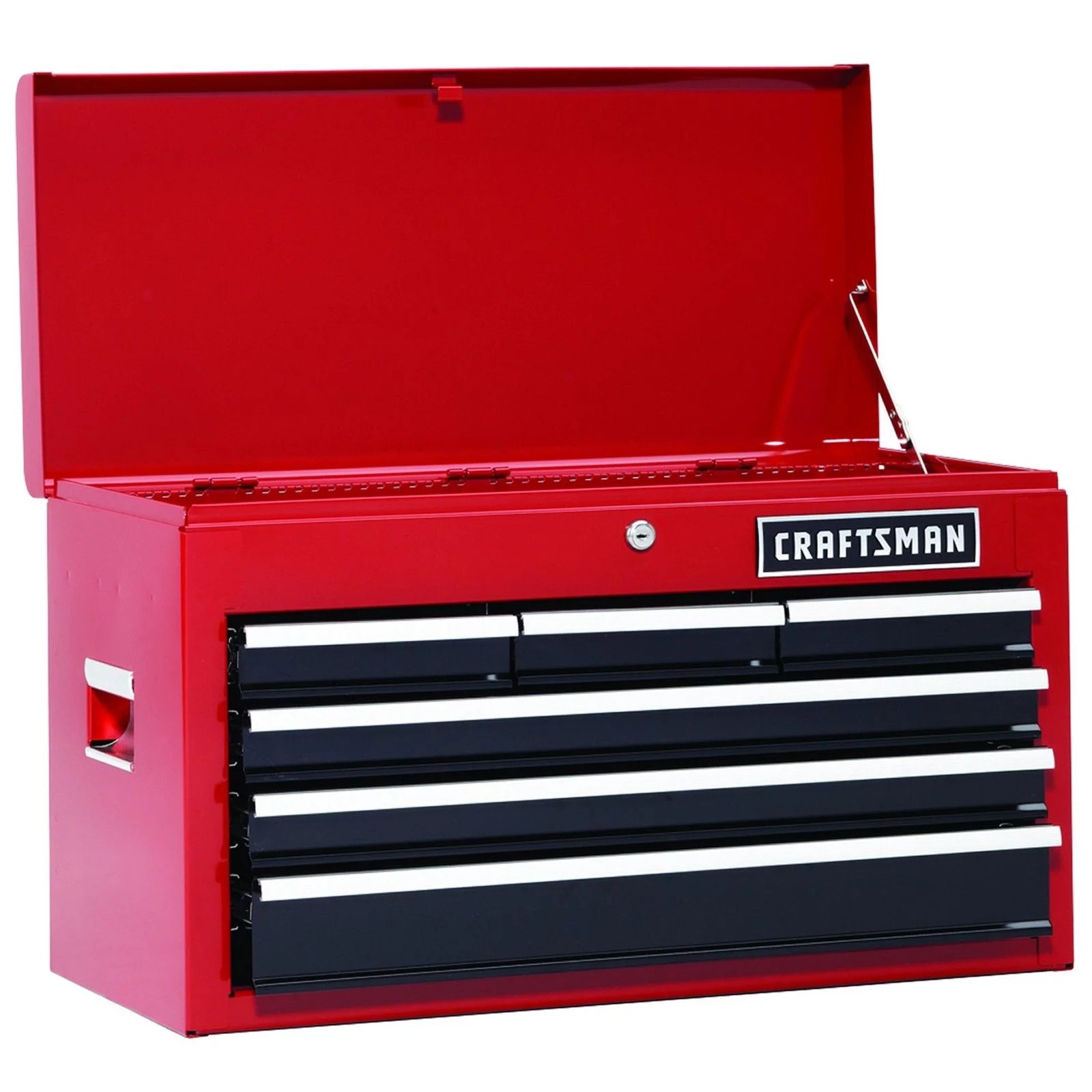
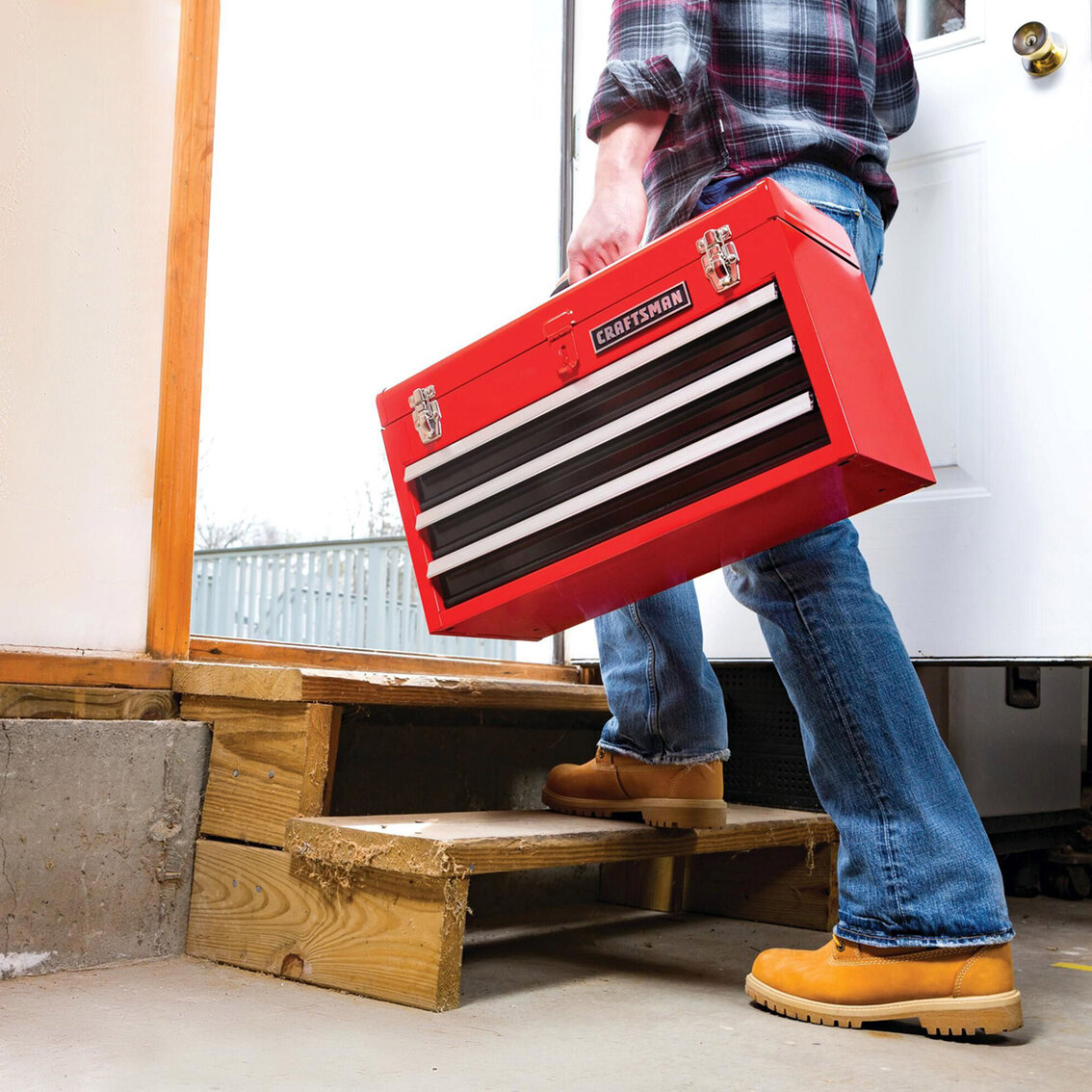
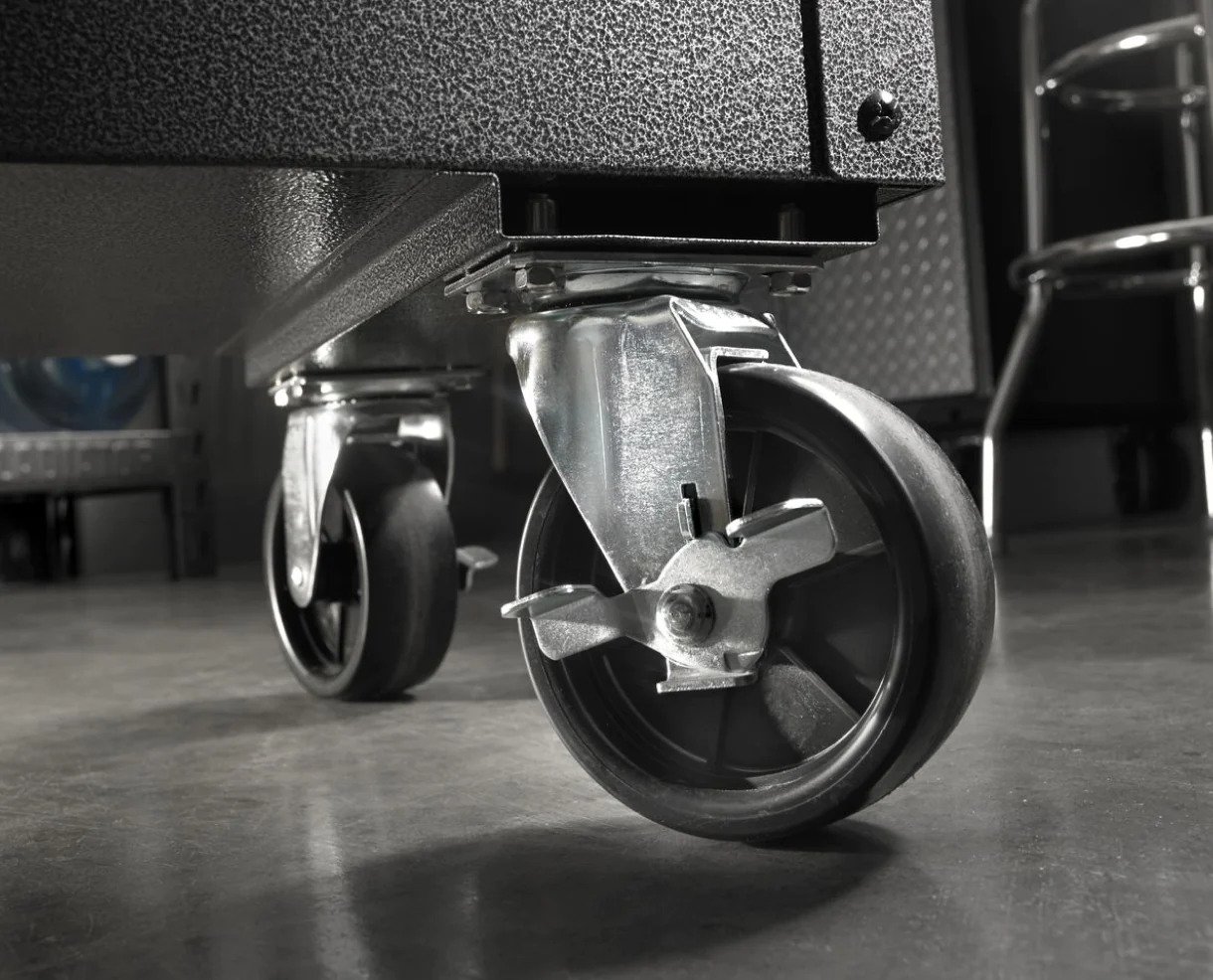
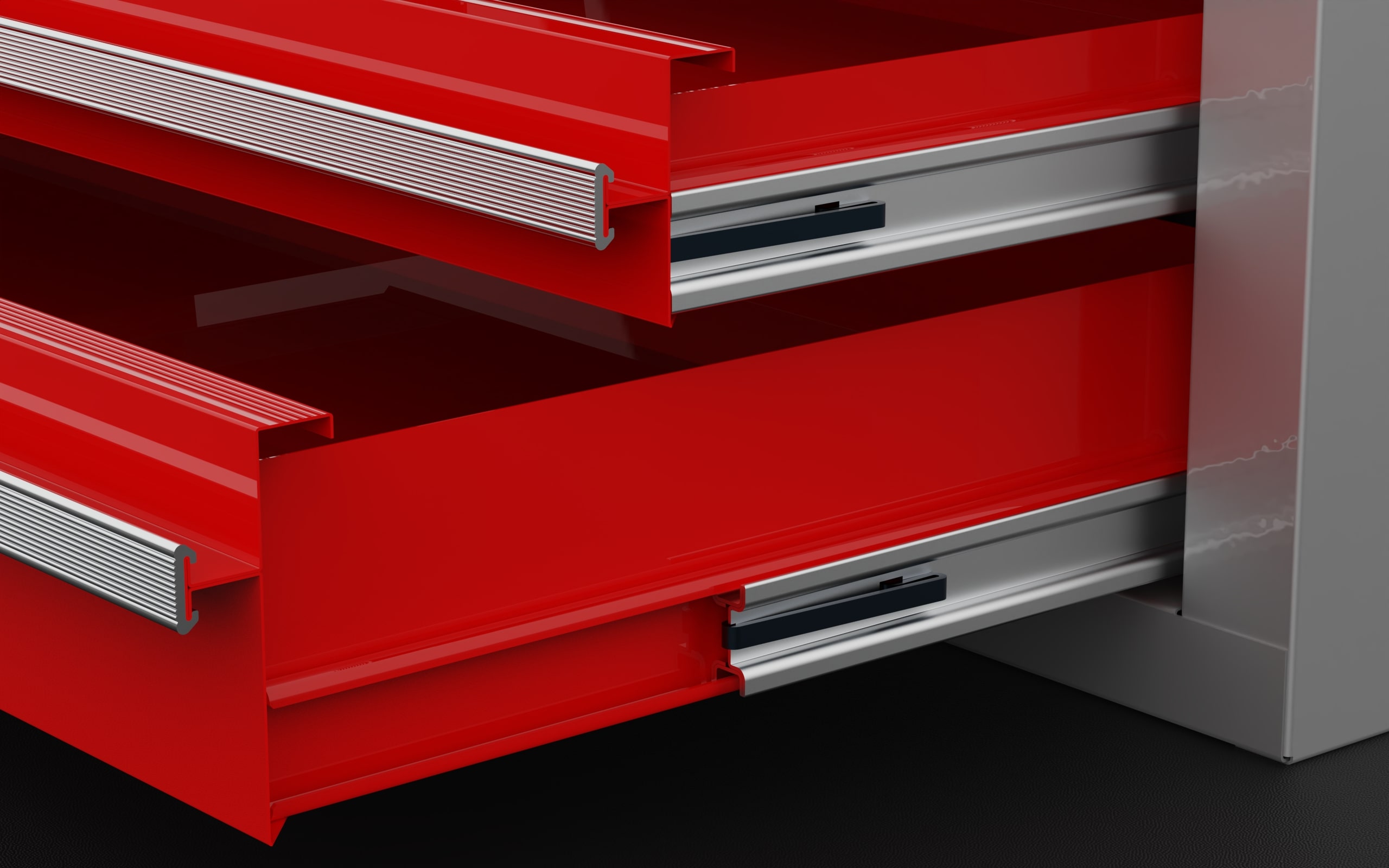
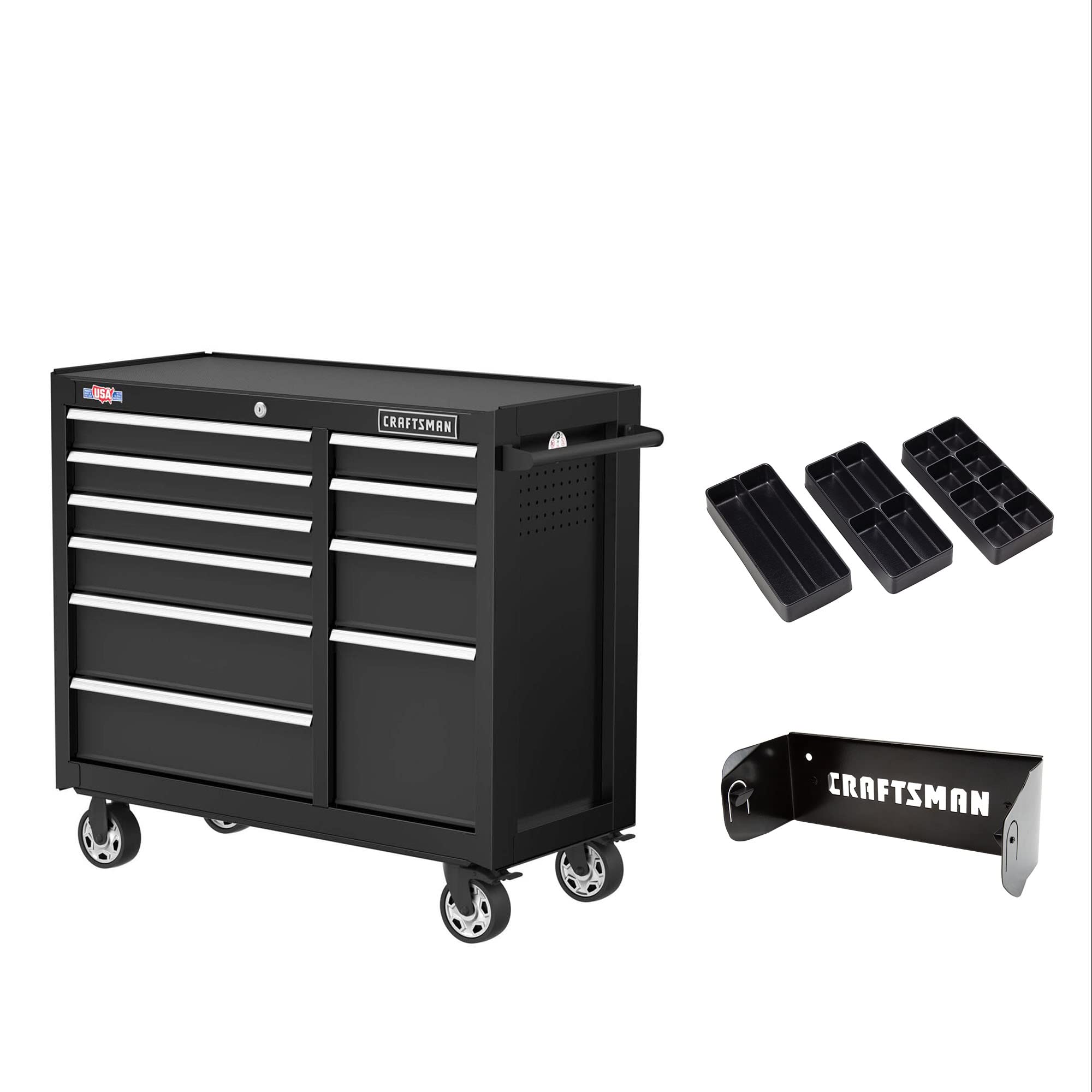
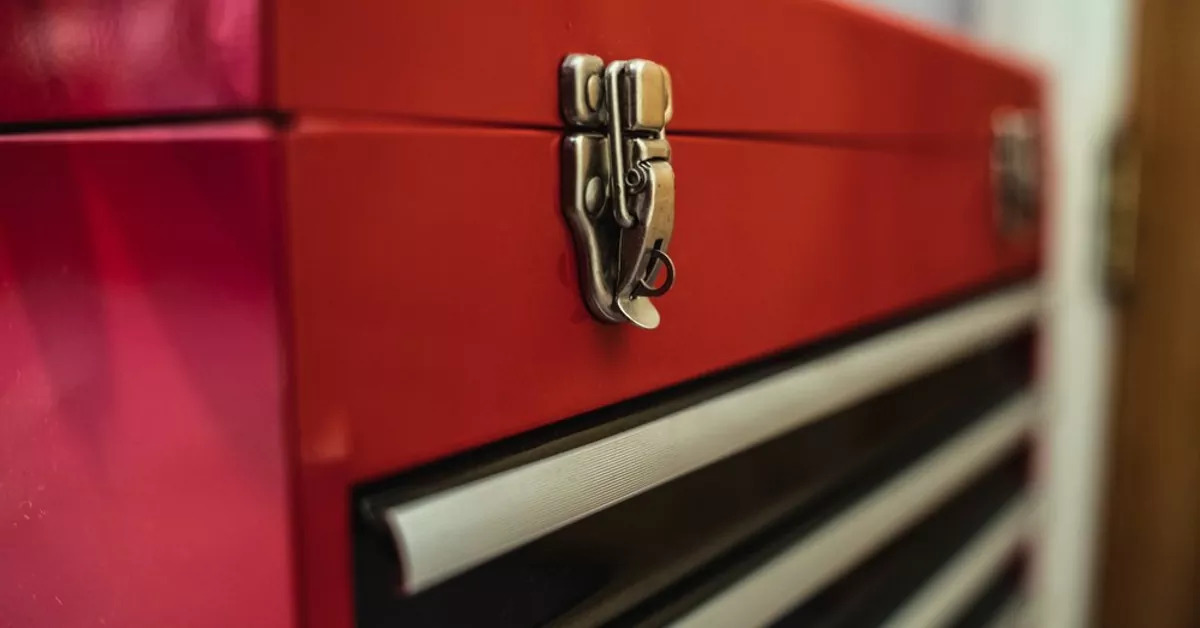
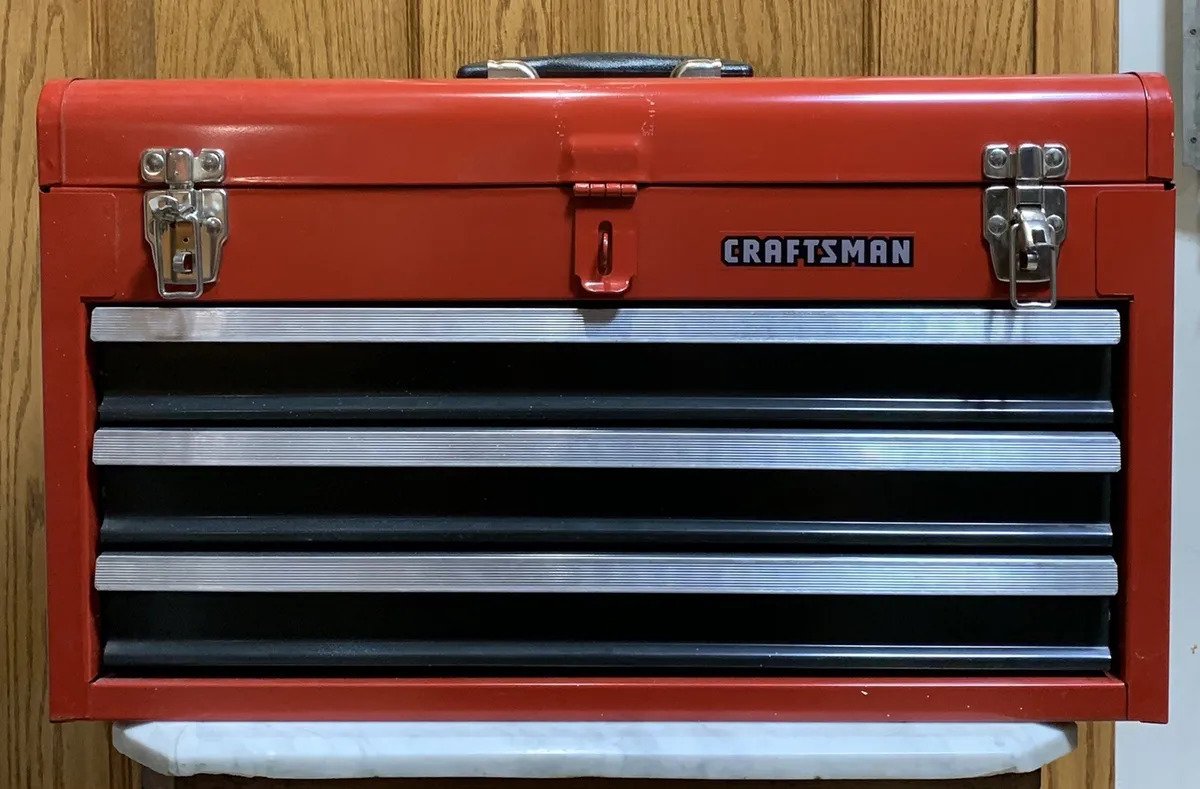
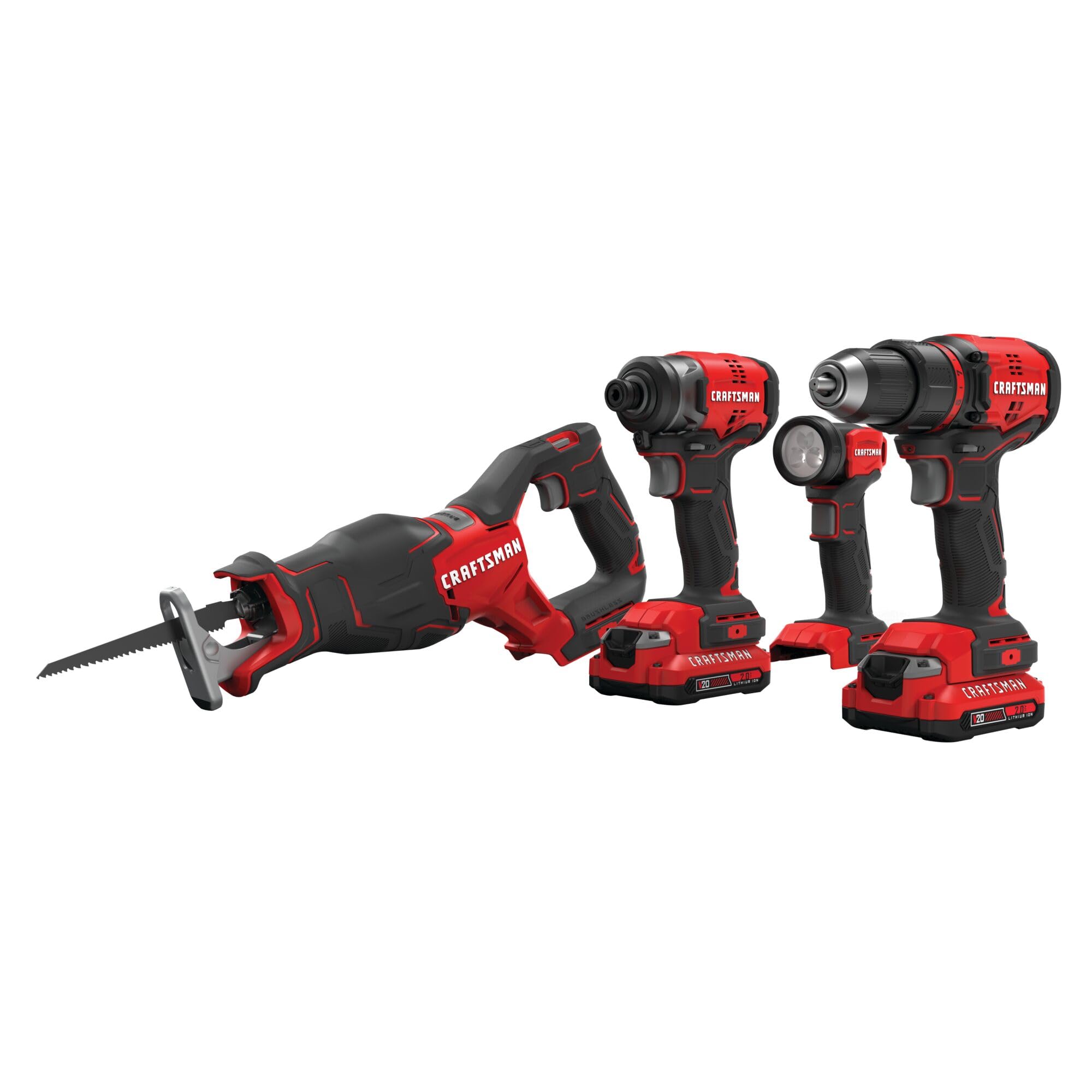
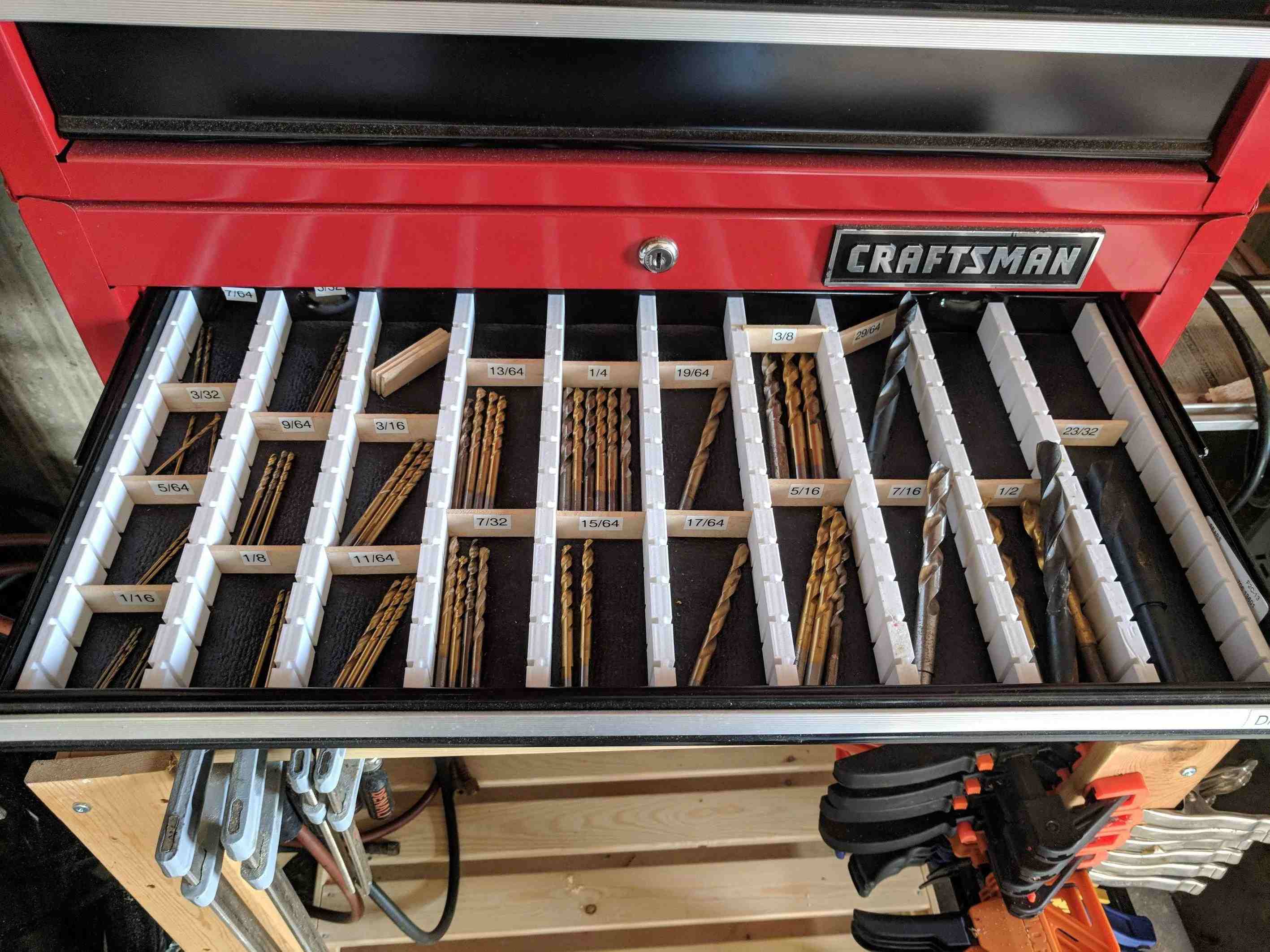
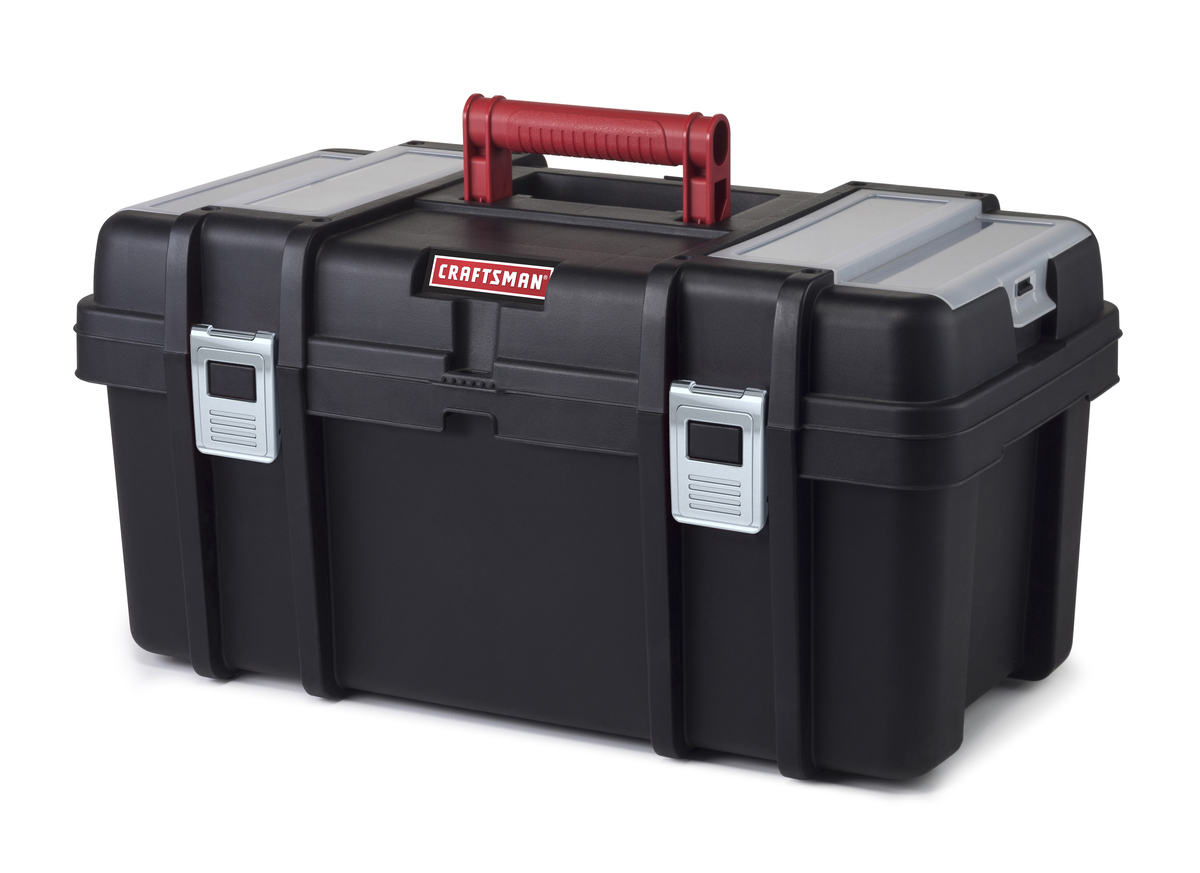
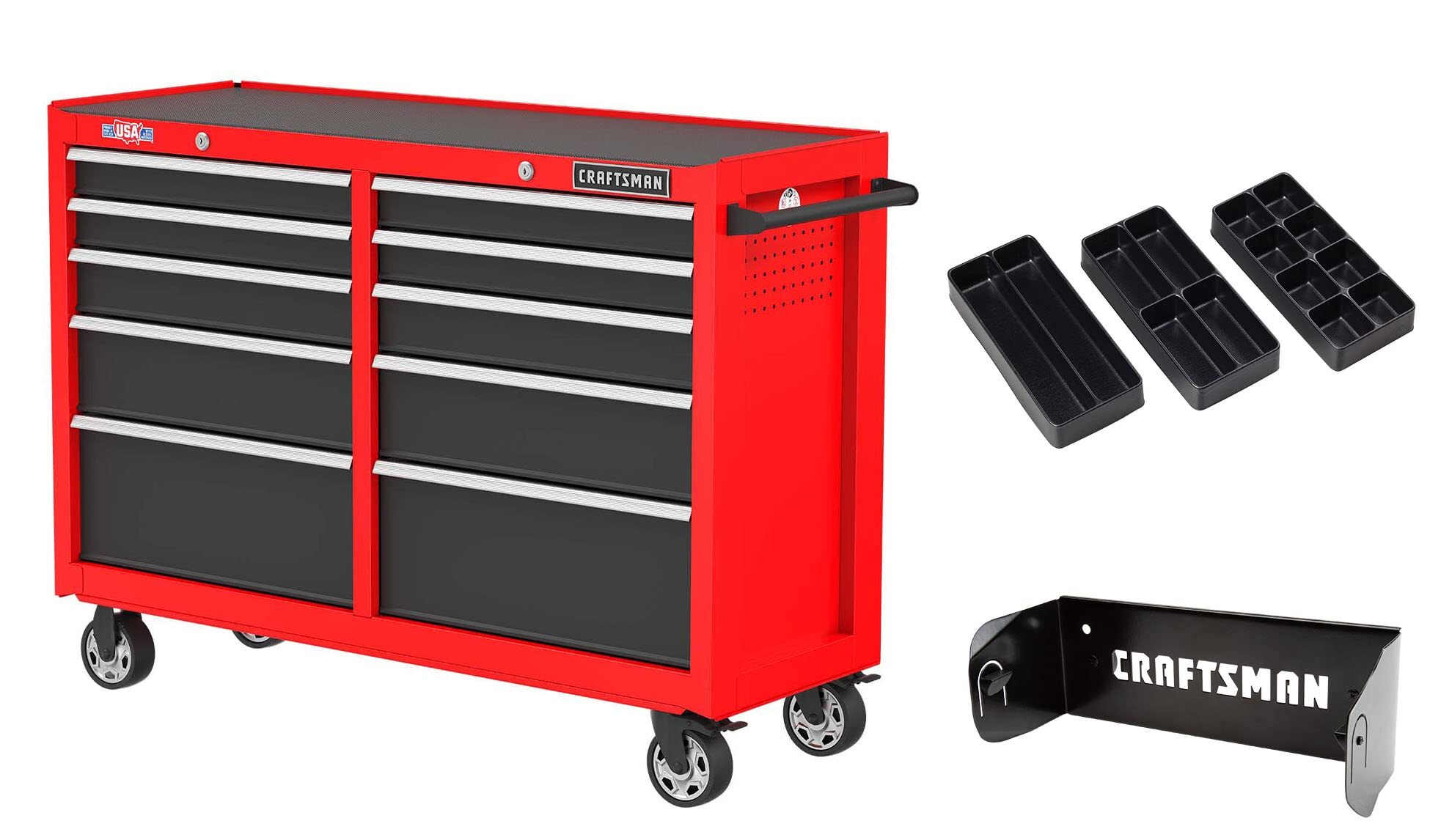
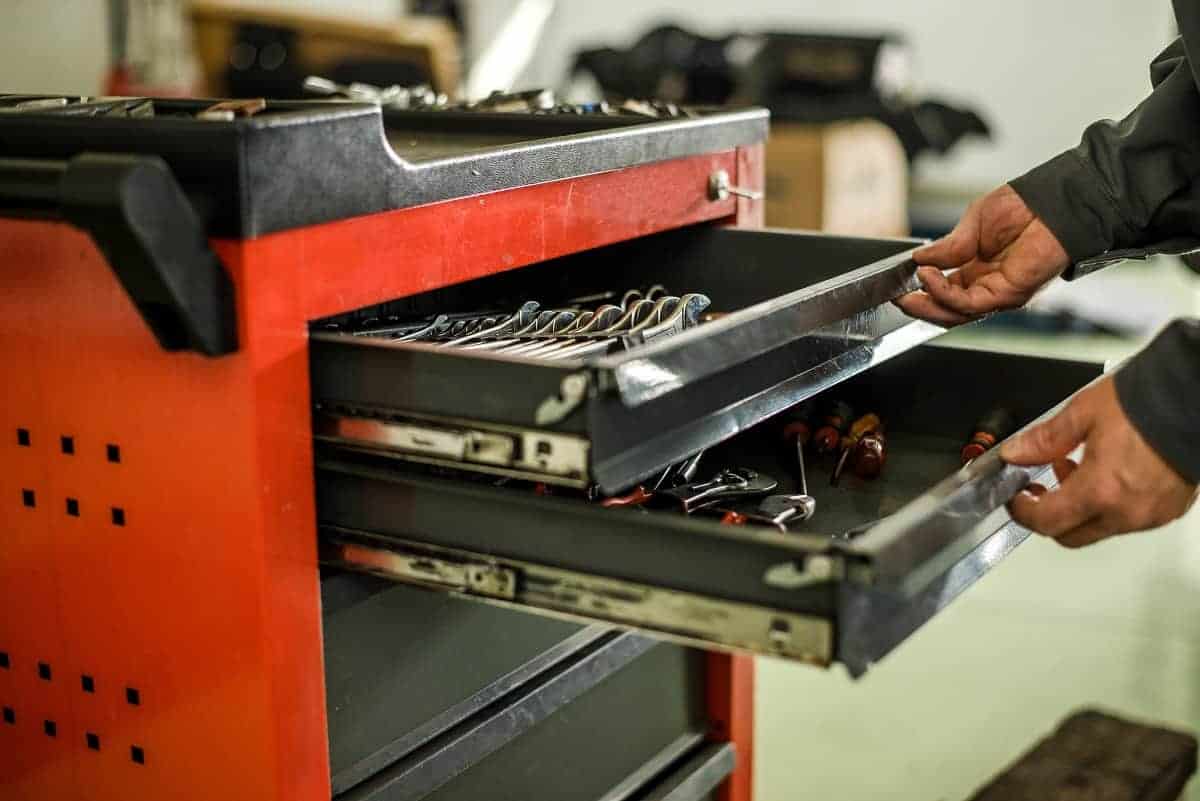
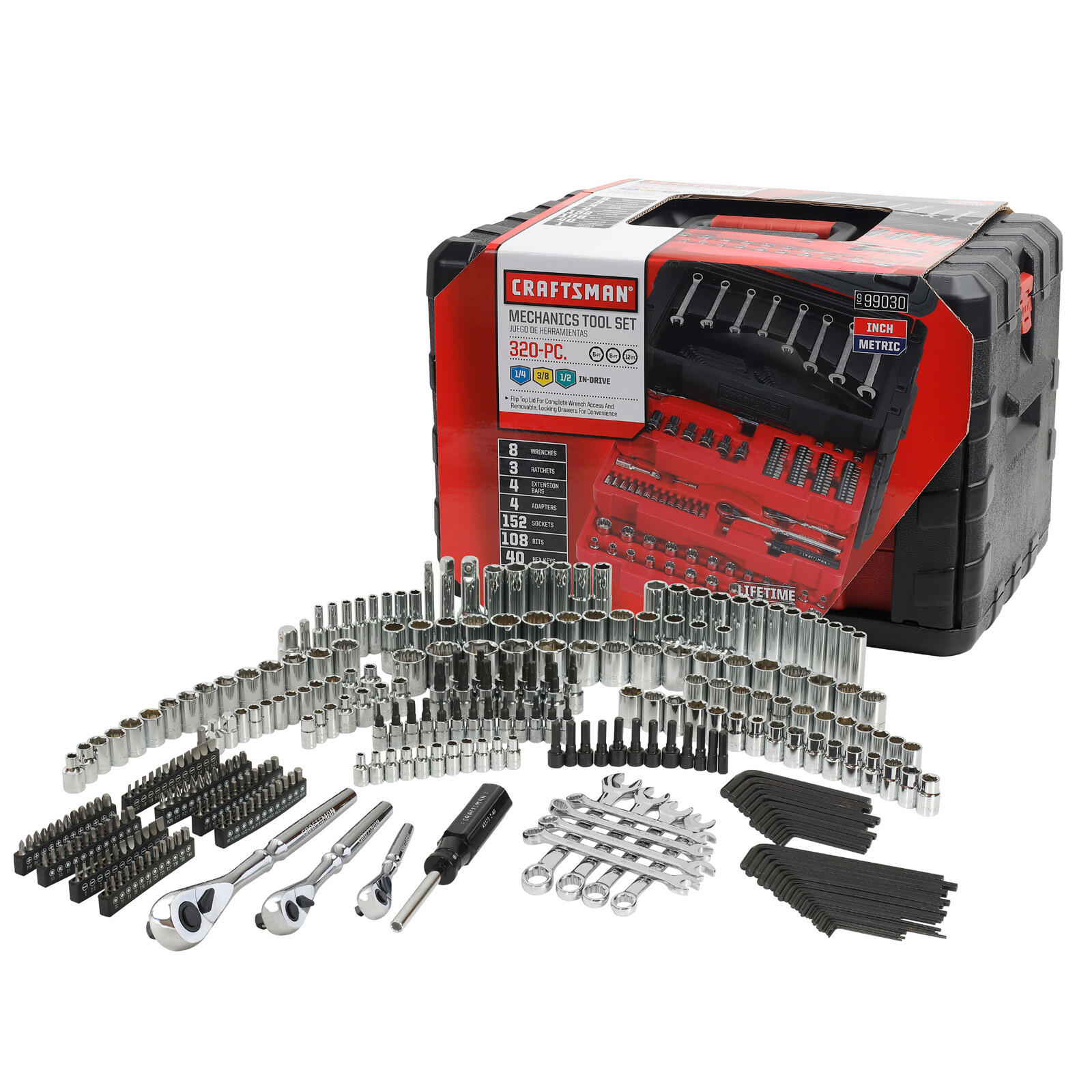
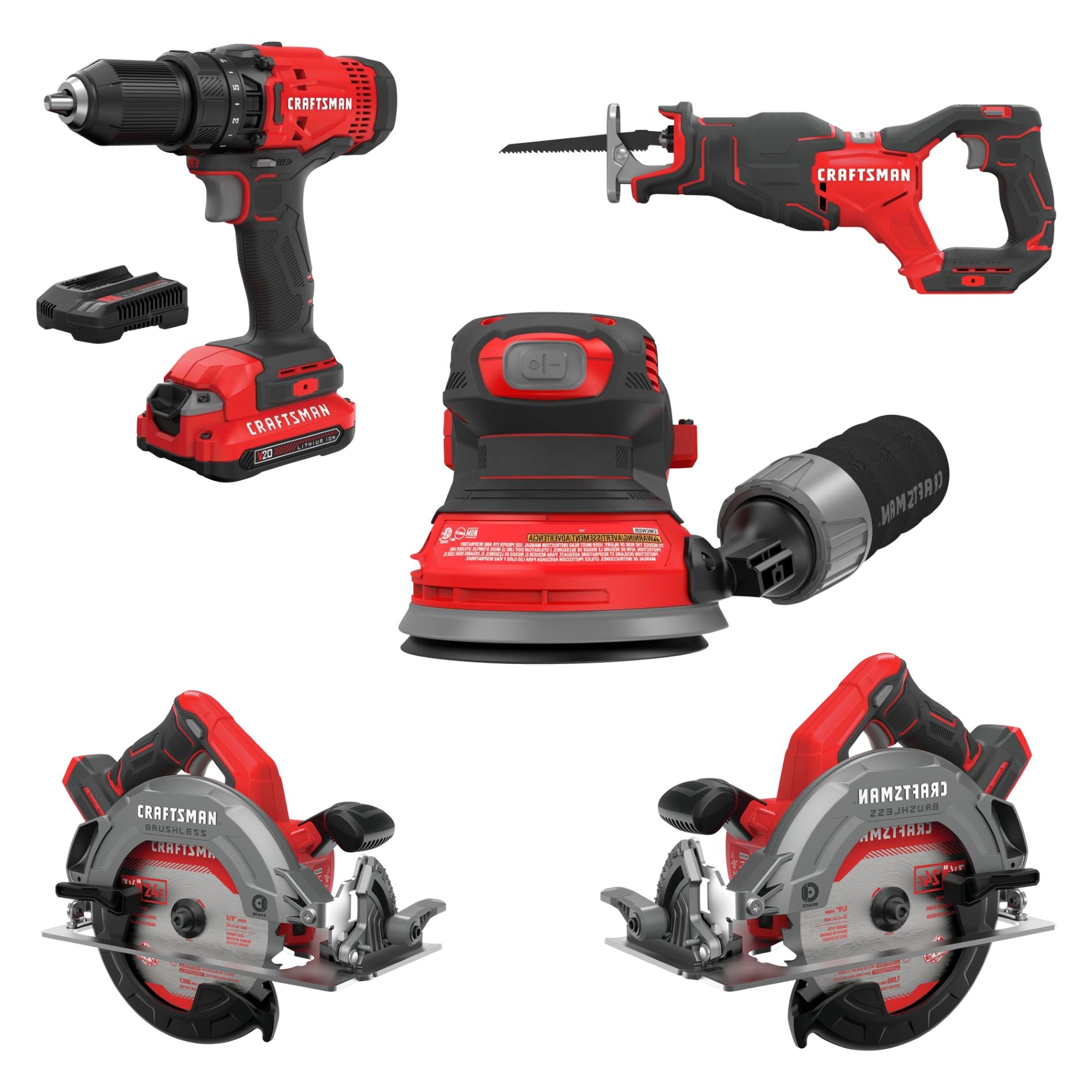

0 thoughts on “How To Ground A Craftsman Tool Chest Power Strip”